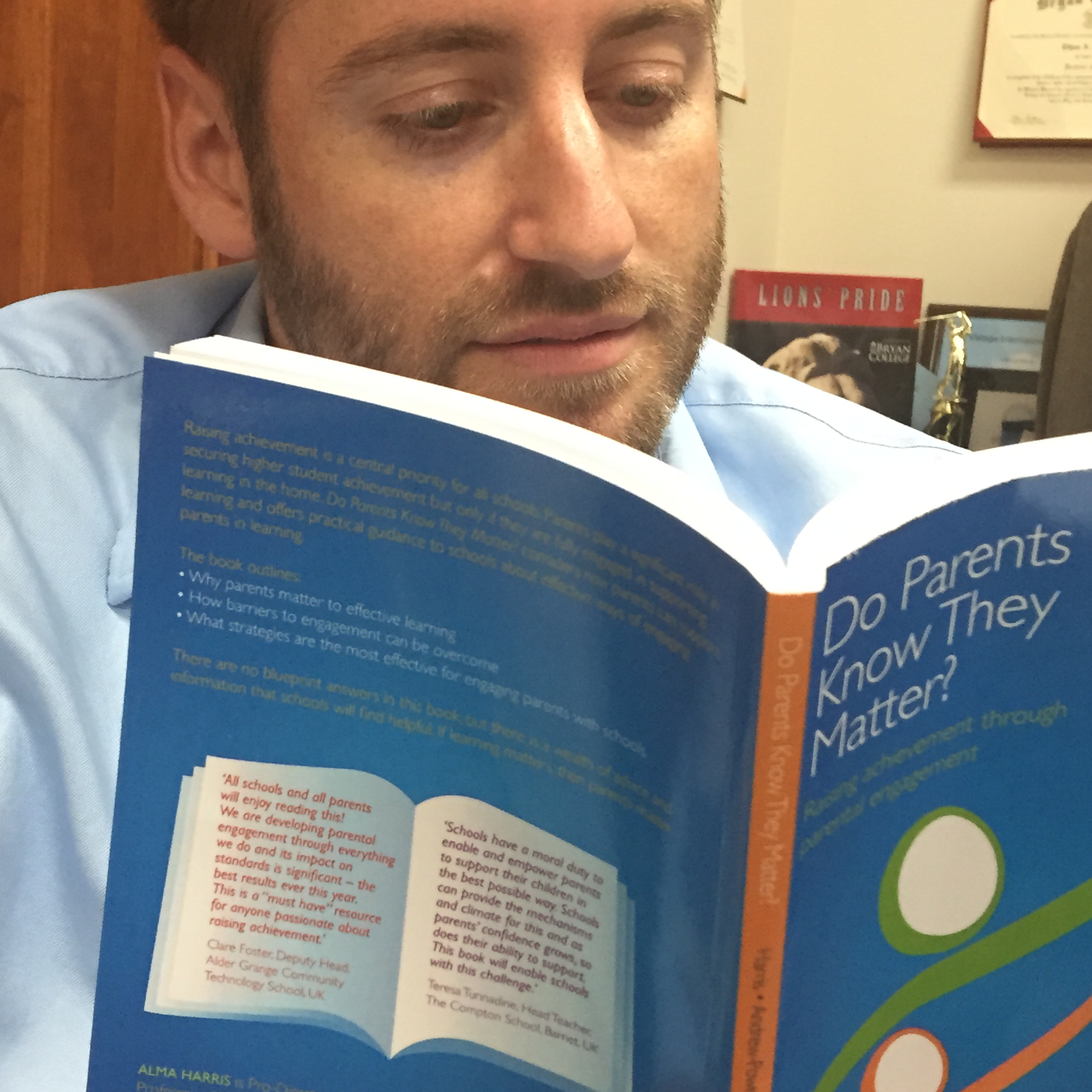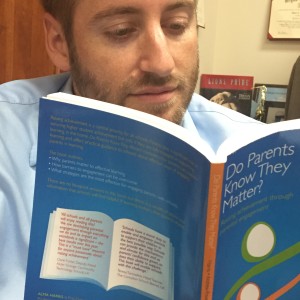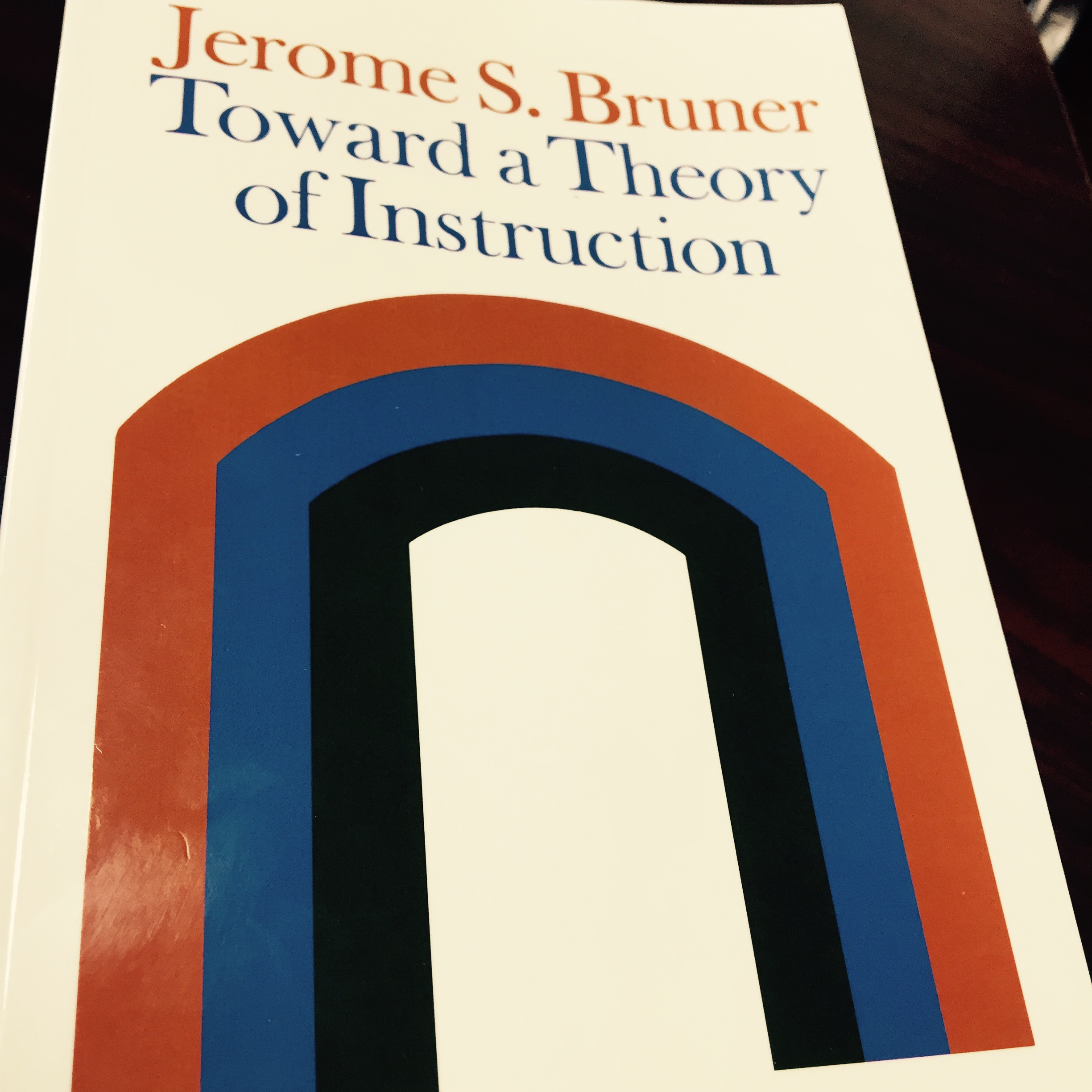
Once upon a time, computers were large, cumbersome, hard-to-operate, and expensive. Then Apple created a personal computer, broke into the market, stole the market shares from Digital Equipment Corporation (DEC), and revolutionized the world. Well, not exactly. Apple didn’t compete directly with DEC – to do so would have been futile given the stronghold DEC held. No, Apple created it’s own market by creating its model IIe personal computer which was marketed to a whole different set of consumers – children.
The true story above is the perfect example of a potent form of change. Disruptive Innovation. Apple reinvented the game. At first, Apple’s product was not nearly as capable as the computers DEC was making, but over time, as the cost of building went down even as the computing power went up, people quickly realized the personal computer wasn’t just a children’s toy – and the world has never been the same.
On the back cover of Clayton M. Christensen’s book Disrupting Class are endorsements by: a former Governor, a press syndication service operated by the Washington Post, a Chancellor of Education, and the author of Good To Great (a staple in the business world.) And while the book is focused on “How Disruptive Innovation Will Change the Way the World Learns” (subtitle), it’s equally valuable reading for its insights into business as well as education. And its vision for the reinvention of schools is one that has many leaders, myself included, excited.
Disruptive Innovations happen on the sidelines; they create a new way of doing things and once that new way has fully matured, it displaces what once was. And thus Apple PCs replace the DEC minicomputer and Wikipedia makes academic print encyclopedias almost irrelevant.  The School Choice movement is a Disruptive Innovation. Nevada’s new Universal Education Savings Account legislation is a Disruptive Innovation. And schools equipped with software that adapts in real-time to the learning styles and pacing of each student while providing ongoing assessment of learning? Well, that’s a Disruptive Innovation that is waiting just around the corner.
Currently customization in education is largely conditional on financial resources. Wealthy families pay for tutors who customize their instruction for their pupils. School districts with ample financial resources offer more AP classes and extracurricular studies. Imagine then if barriers were broken-down and students from all backgrounds had access to education that is customized to maximize their learning.
Like all disruptions, student-centric technology will make it affordable, convenient, and simple for many more students to learn in ways that are customized for them. – Disrupting Class, page 92
Are you concerned that such an approach, which turns teachers into mentor/guide/tutor and places software at the center of learning might not be effective? Consider this area (one of many) where student-centric technology would be of benefit and would alleviate a major concern of educators, parents and students: testing:
When students learn through student-centric online technology, testing doesn’t have to be postponed until the end of an instructional module and then administered in a batch mode. Rather, we can verify mastery continually to create tight, closed feedback loops. Misunderstandings do not have to persist for weeks until the exam has been administered and the instructor has had time to grade each student’s test.
There is a lot more great information contained within the pages of Disrupting Class. I highly recommend that you buy a copy and read it. Here’s a link to the author’s website – and here is a link to his Twitter page.






